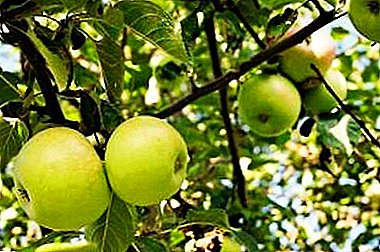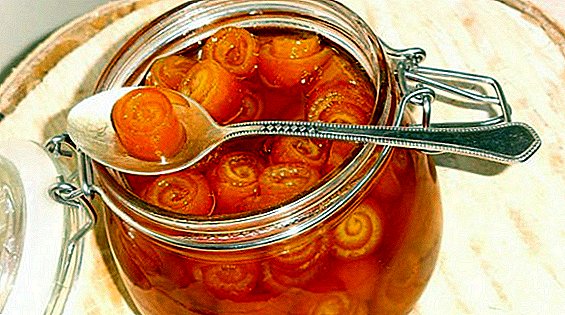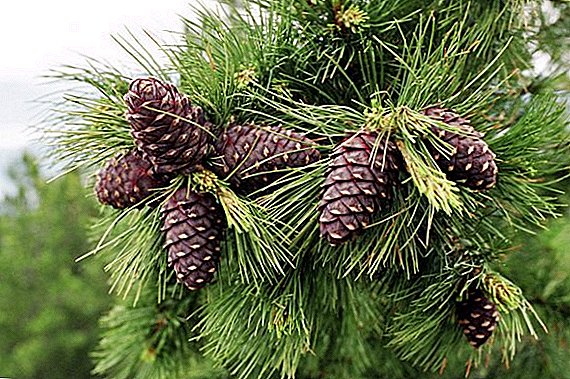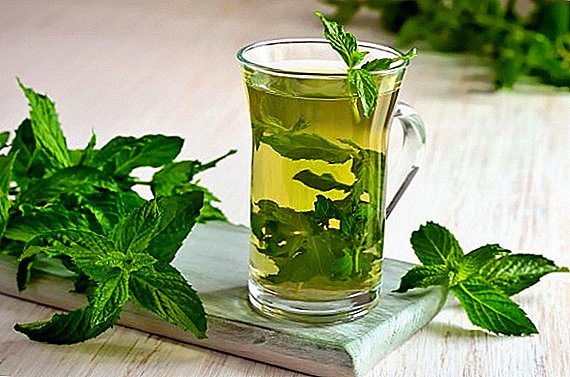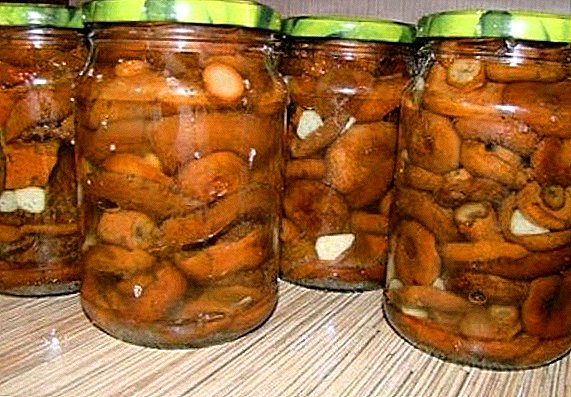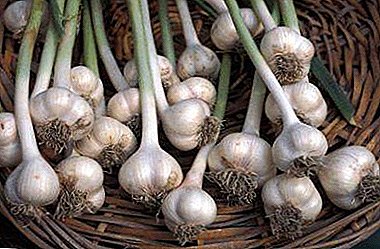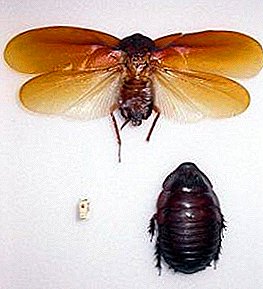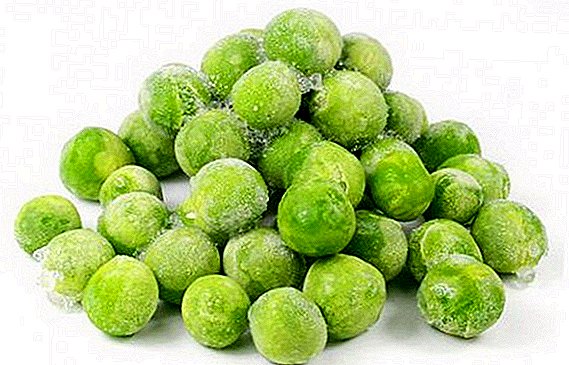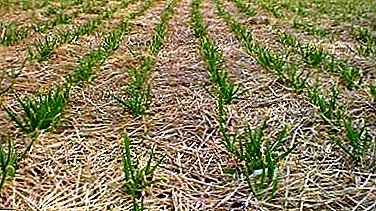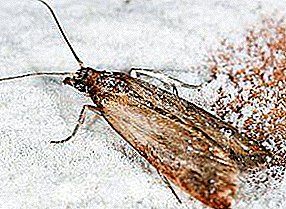
Every hostess is trying to keep the kitchen clean.
Sometimes in the dining area may appear an unexpected guest - food moth.
Its occurrence is provoked by spoiled products, an open window leaf, and flour products.
The topic of today's article is food moth: photo, how to get rid of a pest? Flour moth, cereal and other varieties.
Appearance, lifespan and development
There are several types of food moth the most common is cocoa flarewho loves to wander in "their" places only at night. It looks like a small butterfly no larger than 1 cm. Her color inconspicuous, from brown to gray with small dots.
Insect lives a few weeksbut these days it produces a large offspring. Reproduction occurs only when there is free access to water. Kitchen moth does not consume foodbecause it does not have a developed digestive system. Eating its larvae food.
What the food moth looks like, the photo below:






Harm to man
The main damage done by the kitchen moth is food spoilage. If she "visited" the product, it can no longer be eaten. Also contaminated groceries are not recommended for sale.
Insect-infected products sometimes enter the secondary market. After such a purchase a person risks bringing a food mole to his home.
Kitchen pest causes damage at all stages of its development. Eggs infect foodafter which it can no longer be consumed. Larvae leave their waste products, incidentally eating them. Adult females, despite the need for food, produce their offspring on cereal delicacies.
Adult in its short life leaves behind the offspring, the number of which may be about 400 pieces. Each mask repeatedly changes the skin. For this reason, hundreds of feces and residual phenomena are observed on the infected products after the larvae.
If you consume such food, it is quite possible intoxication of the body, allergies, food poisoning.
What do the maggots love?
 Insect larvae eat all kinds of cereals. Do not be averse to pasta, legumes. They can be found in protected, portioned bags of cereals.
Insect larvae eat all kinds of cereals. Do not be averse to pasta, legumes. They can be found in protected, portioned bags of cereals.
It turns out that the offspring penetrates easily into hard to reach places.
Also mole can dwell inside a nutshellmore often they are found under the "shell" of a walnut. Strange, but inconspicuous butterfly eats seasoning and lives in garlic.
It turns out that the kitchen moth is hiding in the most unexpected places, so with the slightest sign of its presence in the kitchen, it is worth checking out every nook.
Cereal moth prefers grain and flour products. Fruit moths eat sweets, dried fruits. It turns out a general list, which includes such types of products as:
- flour;
- pasta;
- cereals;
- all kinds of nuts;
- biscuit;
- dried fruits;
- chocolate;
- bread products;
- bakery products.
How and where to store cereals?
For storage of bulk products it is not recommended to use plastic bags. Keep the cereals in a clean glass or ceramics. Before closing the filled vessel, you need to see the status of the croup, for this you can throw a bay leaf at the bottom of the jar.
 On the balloon will be enough two pieces. It is better to replace the covers with linen cloths or double-layer gauze.. You can fix them with a rubber flagellum. Any product needs air.
On the balloon will be enough two pieces. It is better to replace the covers with linen cloths or double-layer gauze.. You can fix them with a rubber flagellum. Any product needs air.
How to store cereals to not start the mole? Rice should be stored in a ceramic jar with salt in a bag. It will remove all moisture and odors. In addition, the bulk product will retain its properties longer.
Flour before corking. Keep it in a bag of flax. To keep the flour long and carefully stored, it is recommended to wash the bag for storage in a saline solution.
Glass and ceramics can be replaced with a plastic bottle.
Bank with cereal should stand on the shelf, and not at the top, as everyone thinks. Upstairs humidity and evaporation that prevent bulk solids from remaining in good condition longer. The cold prevents the occurrence of insects, so the grain in the refrigerator can be stored, but for this you need to adjust the temperature on the lower shelves.
By standards, cereals should be stored at a temperature of about 6 degrees. At 10 and above, the pests will make themselves felt. Flour, cereals and pasta will retain their properties, if they are stored in the pantry. Some have houses with special rooms for food stock.
TIP! Learn about combating moths with both traditional chemicals and folk remedies.
Watch the video on how to properly store cereals, so that the mole and mold will not start:
Does the food moth eat clothes?
When a grain moth appears in the kitchen, you should not worry that she managed to eat fur coats and sweaters in the closet.
 There is no need to worry about things, although it is necessary to carry out a check in the cabinets so that the wardrobe doesn't look like a butterfly.
There is no need to worry about things, although it is necessary to carry out a check in the cabinets so that the wardrobe doesn't look like a butterfly.
Food moths cannot handle food fibers due to the lack of enzymes in her stomach and intestines. She uses everything that a person eats, only cardboard, polyethylene, cloth and paper are added to this food. Actually, these "products" it is, to get to the very goodies.
Preventive measures
- Purchased grind cereal in the oven. Set the temperature to 60 degrees and leave the bulk product in the stove for 15 minutes.
- Use glass or plastic containers for food storage. with a tight lid. They will allow you to visually control the occurrence of a food pest.
- Order cleanliness regular airing, wet cleaning inside the lockers, the use of essential oils - all this will scare away the food moth.
- More often conduct an audit of bulk products, seasonings, dried herbs and dried fruit. These steps will allow the timely detection of a malicious pest.
No matter how clean it is in the kitchen, the hostess should be more attentive to loose food, because at the most inappropriate moment, a mole in a croup can be made and unsuitable for consumption.


